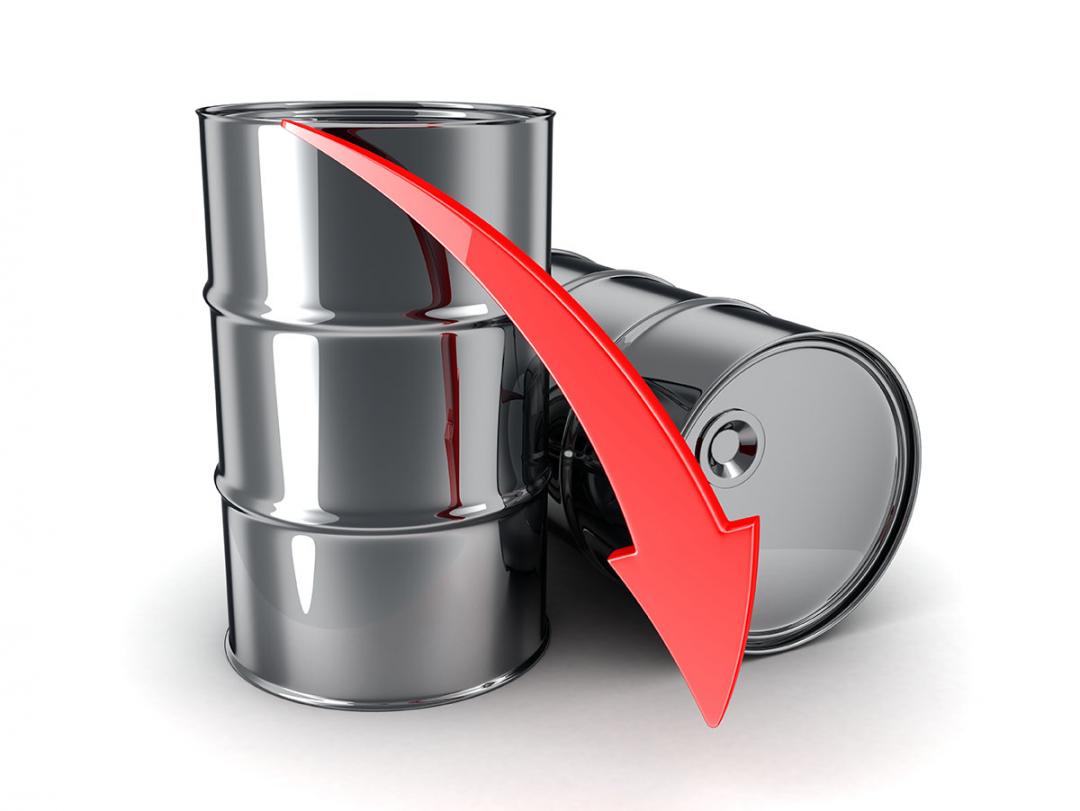The National Iranian Oil Company (NIOC) has confirmed reports it's lowering crude oil prices for March delivery, as Middle Eastern producers are increasingly competing with cargoes from Latin America, Africa and Russia for buyers in Asia.
"Iran will also cut the differentials for the crude oil it sells to Asia," Mohsen Ghamsari, director of international affairs at the NIOC was quoted by Shana news agency as saying on Saturday.
The Iranian crude oil was sold to its Asian customers at a price of $44 to $45 per barrel in January, Mehr news agency reported. The NIOC has lowered its official selling price for March light crude sales to a discount of $2.10 a barrel, the lowest since at least March 2000, a Bloomberg report said citing senior oil officials who declined to be identified.
Iran’s output rose to 2.78 million barrels a day in January from 2.77 million a month earlier as Iraq boosted supply to 3.9 million from 3.7 million, according to a Bloomberg survey of oil companies, producers and analysts. Production in Saudi Arabia climbed 220,000 barrels a day to 9.72 million last month.
Iraq’s Basra Light crude will sell at $4.10 a barrel below Middle East benchmarks, the lowest since at least August 2003.
The cuts come after Saudi Arabia, the largest crude exporter, reduced pricing to Asia last week to the lowest in at least 14 years. Saudi Arabia is active in five different markets, but has reduced its crude prices for only one, Ghamsari said, referring to the discounted price at which the Arab country is offering its oil to Asian customers.
Asked whether Saudi Arabia's oil policy is aimed at pressuring Iran, the official said the growing competition in the market indicates that Saudi Arabia's move to slash prices is "logical," in order to secure its market share. "Saudi Arabia is acting in accordance with market conditions; probably Iran would have done the same had it been in the same position."
The Organization of Petroleum Exporting Countries (OPEC) left its members’ output targets unchanged at a November meeting, choosing to compete for market share against US shale producers rather than support prices. Oil prices dropped about 45% since October as production from the US and OPEC surged, before heading back up in the past week.
Oil hit its highest level for the year on Friday with Brent crude rising above $60 a barrel, as eurozone economic growth exceeded expectations and data showed another drop in the US oil rig count.


